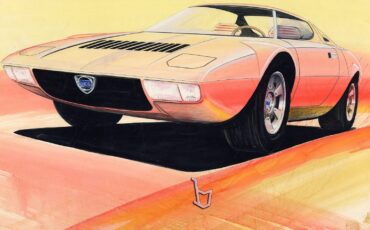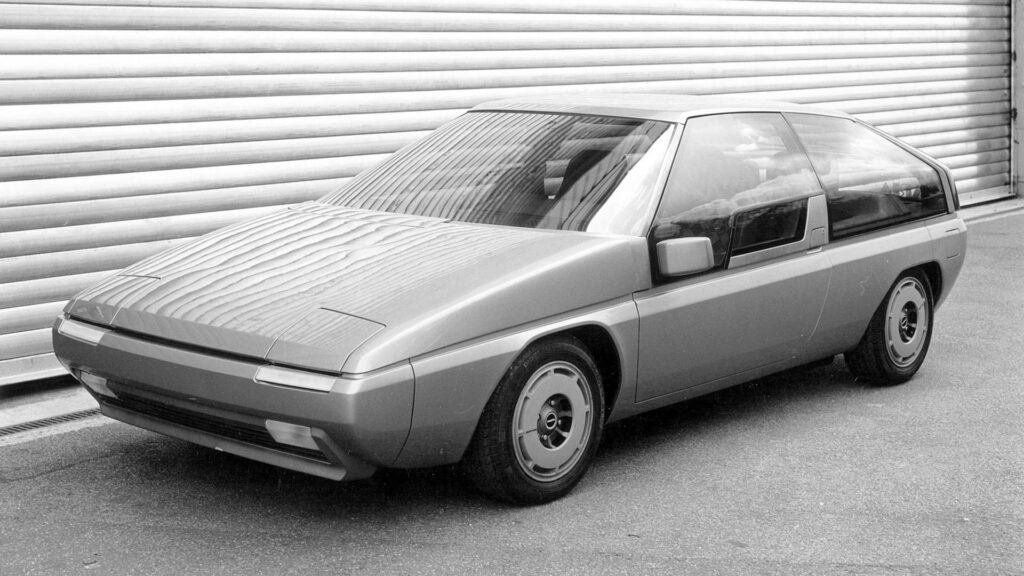
Mazda, Giugiaro, Turin, Milan and many names of legendary persons in their country, such as Ikuo Maeda and Hideyuki Miyakawa. The links between the Japanese company and Italy are long-standing, and some events deserve to be rediscovered and told. One of those stories has now also become a movie: “La forma del tempo” (translated “The shape of time”), in fact, tells the story of the restoration of an iconic and unique car in the history of design, the Mazda MX-81 Aria, a futuristic concept created by Bertone in 1981.
Mazda is perhaps the Japanese manufacturer that pays more attention to the design of its cars. In Mazda there is a certain attention to detail, to create something that in almost all cases makes people’s head turn, make people remember that particular product. This is also thanks to the lesson that the company’s designers have learned from the great Italian coachbuilders, Bertone in first place, which has collaborated with the japanese brand since the 1960s. The restoration of the Mazda MX-81 Aria concept car, one of the most significant in the history of the brand, together with the company’s centenary, which arrived in 2020, and the launch of the MX-30, served as a pretext to tell the long collaboration between the Italian designers and Japanese engineering, long and successesful.
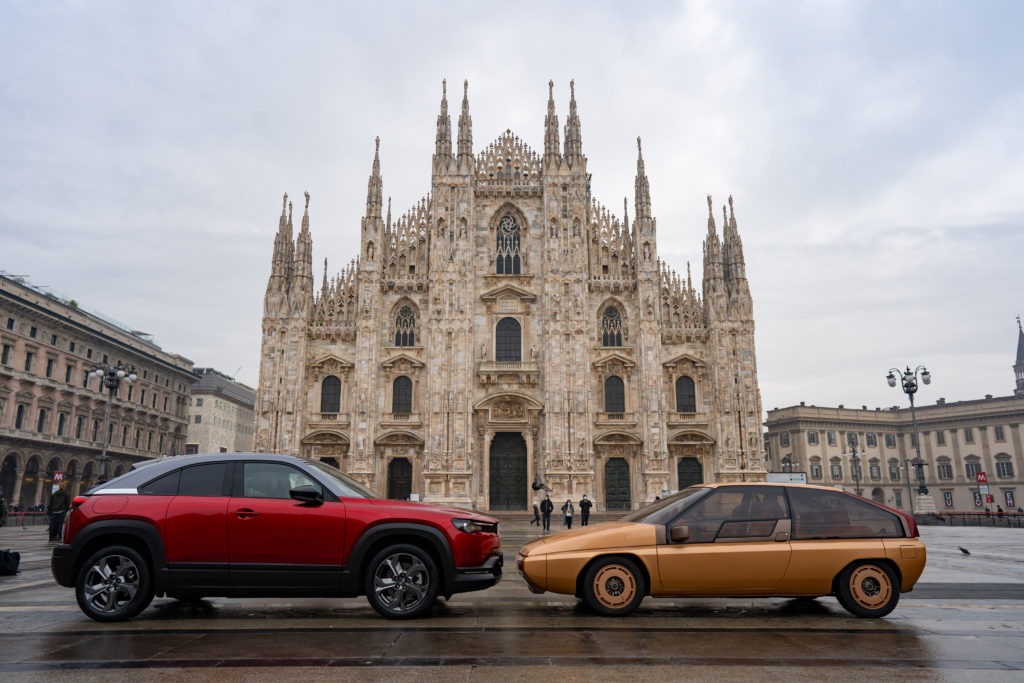
The story begins in 1960, at the Turin Motor Show: here, Hideyuki Miyakawa, destined to become great in Mazda and in the japanese automotive histoty, met a young Giorgetto Giugiaro, already head designer of Bertone. Here Hideyuki met Maria Luisa “Marisa” Bassano, car enthusiast and passionate about Japan, and in fact an japanese interpreter. The two fell in love and short after Marisa leaved for Japan to complete her studies. Shortly after Miyakawa returned to Japan to visit Marisa in Hiroshima, he met the then President of Mazda, Tsuneji Matsuda, son of the company founder, Jujiro. And here began the long collaboration with the company. But in his stay in Turin, Miyakawa understood the importance, even strategic, of staying in Italy. He decides to return to Turin not only for Marisa, but also because the city was home to the three most important automotive design ateliers in Italy, and among the most important in the world: Bertone, Ghia and Pininfarina.
The collaboration with Bertone
The strongest partnership was with Bertone. The design studio, with Giugiaro’s hands, designs the Mazda Familia, whose debut took place in 1963. A compact family car, followed by a sedan variant and the coupé of 1965. A success unprecedented for Mazda: the Familia sold 400,000 units between 1963 and 1968. Giugiaro then also created other cars for the brand, including the Mazda Luce, launched in 1967: the first Mazda to be exported to Europe.
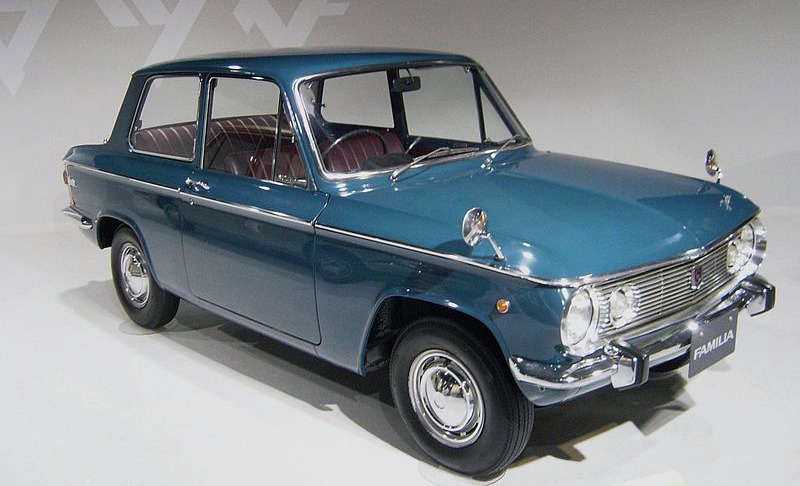
In 1981, however, the concept car that most of all marks the relationship between Italy and Japan was presented: the Mazda MX-81 Aria. Giugiaro went in the meantime to work at Ghia, but this did not stop Bertone, with chef designer Marc Dechamps, from building an innovative car, which was able to attract attention at the Tokyo Motor Show that year: a wedge-shaped car, already a Bertone trademark, which stood out for its big glass surfaces, suggesting a bright and, indeed, spacious interior. The first Mazda to debut with the initials “MX”, or “Mazda eXperimental”, typical of all the innovative, avant-garde and challenging cars of the brand. It is the acronym of the MX-5, a gamble for Mazda but today by far the best-selling roadster ever. Same initials of the MX-30, the brand’s first electric and, therefore, a further challenge.
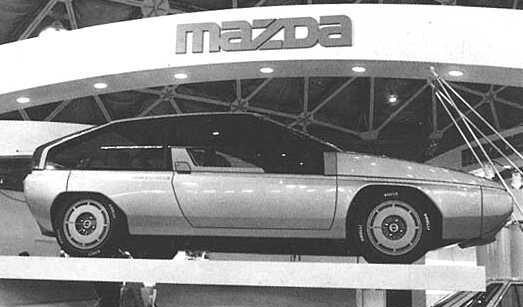
After the debut at the Tokyo Motor Show, the Mazda MX-81 Aria was the protagonist of a shooting in Piazza Duomo in Milan, which, not surprisingly, was recently replicated with the MX-30, which can be considered a sort of modern heir to the Mazda MX -81. The car was a concept car that was definitely ahead of its time, and had elements that were considered “excess”, in the sense of impossible to bring to the series production. If the Mazda 323 F takes up some details, such as the flat front and the retractable headlights, it could not be thought of producing in large scale the true distinctive element of the MX-81 : the belt-driven steering wheel.
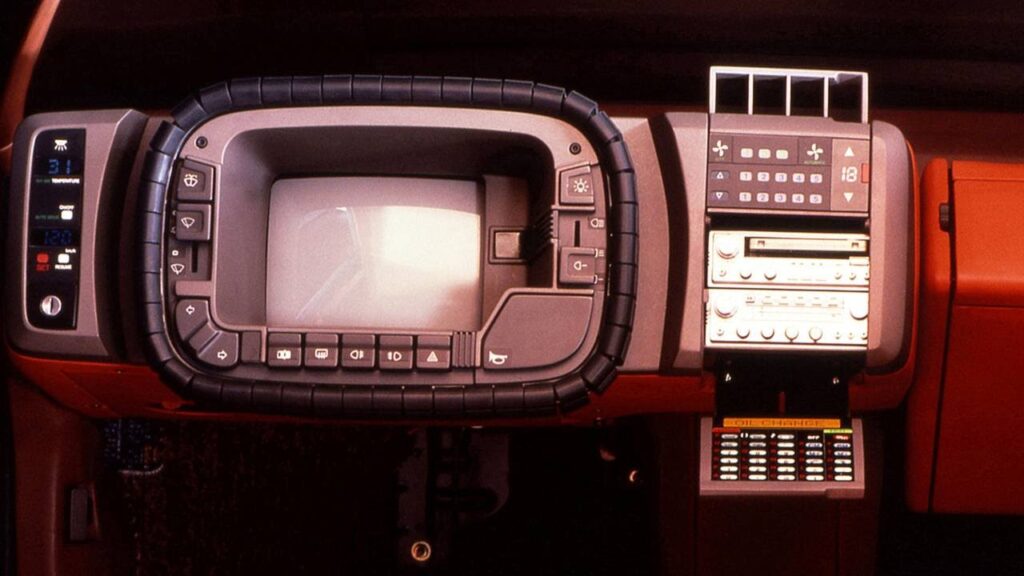
In fact, the MX-81 does not have a steering wheel, but a track of plastic blocks joined together in a flexible way, together with the power-assisted steering system, all around the rectangular instrument panel, with a color display in the center.
The restoration
One more thing that distinguished the Mazda MX-81 Aria is its destiny: it has not been dismantled, as is happened usually with (almost) all concept cars. In fact, in February 2020 it was “found” in the Fuchizaki warehouse, and from there taken to the Hiroshima headquarters, it underwent an in-depth analysis of the mechanical part. The engine has been disassembled, and all parts have been restored, while the brakes and steering have been completely restored. This made it possible to test it on the track and put it back in motion after 39 years.
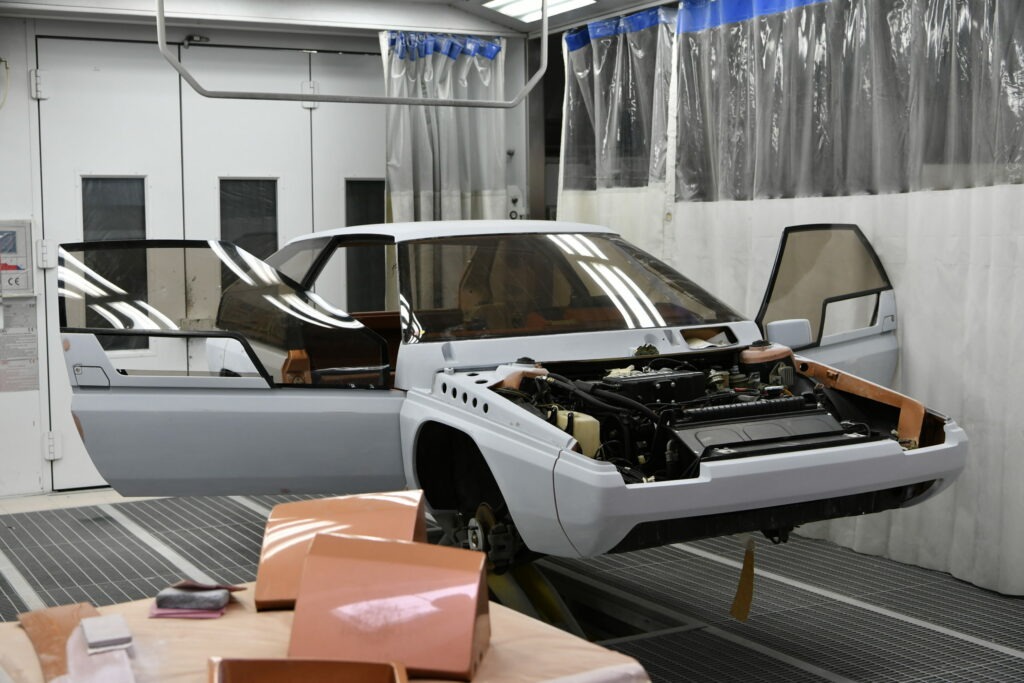
The second phase of the restoration, the aesthetic one, could only take place in Turin. At the beginning of March 2020 the car set sail from Japan, to arrive first in Belgium and then in Italy. The SuperStile craftsmen, a reality born in 2015 that collaborates with the main design centers, took care of restoring every aesthetic component of the car. The choice was to operate conservatively, preserving the original materials. The signs of time have been left, while the artisans have restored the painting, restoring the sheet metal to its original state and then giving it the idential color of the time, after having scanned the color in several points and compared, to faithfully replicate it.
The interior leather have been cleaned of moisture, while the headlight glass covers have been completely redone, which allowed the retractable mechanism to be fixed and restored.
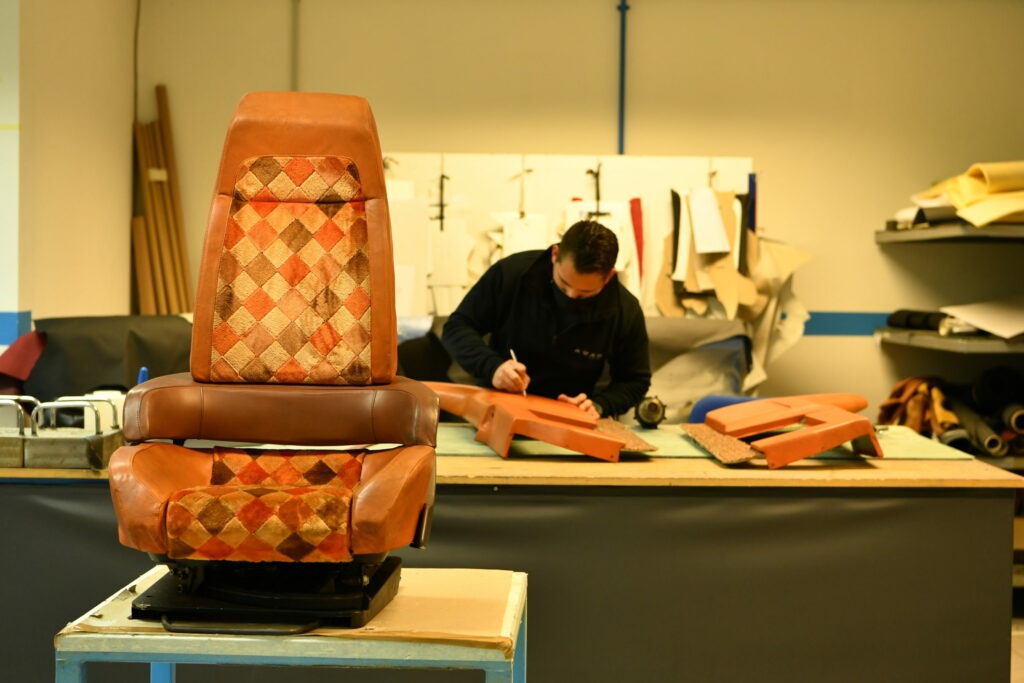
Today the stylistic relationship between Japan and Italy is less evident, but it is still in existance. Ikuo Maeda, head of Mazda design since 2010, when he created the new brand identity, he in fact thought of Bertone and the successes related to it. Basically, Maeda understood from the relationship with Italy that we need to look at both design and technology. The bodywork must not only be “a dress”, but an integral part of every component of the car.
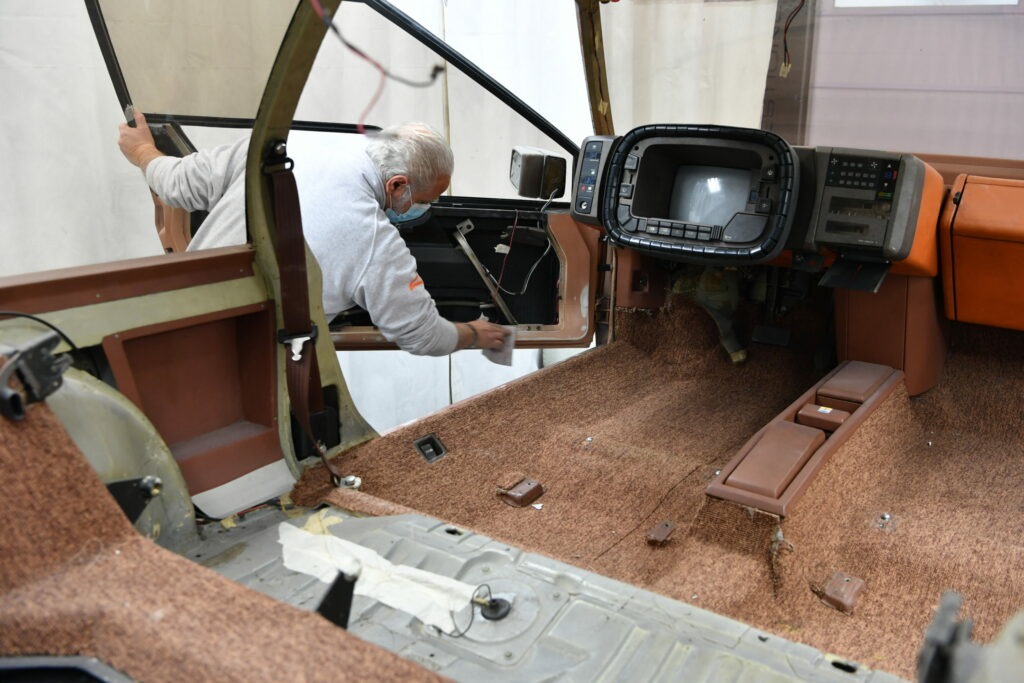
The design, sculpted and sinuous, aerodynamic and clean, must be an expression of the technological and stylistic capacity of the brand. And not surprisingly, however different, modern Mazdas have learned a lot from those designed by Bertone and Giugiaro.
Source:
Mazda Italia
“La storia pazzesca della Mazda MX-81 di Bertone e del suo restauro tra Italia e Giappone” by Robin Grant


